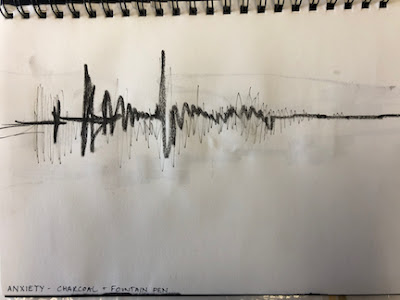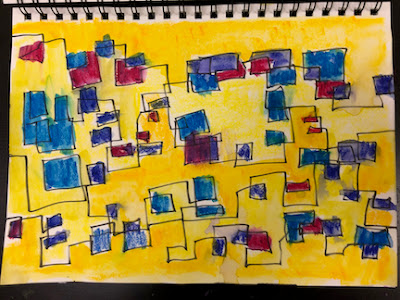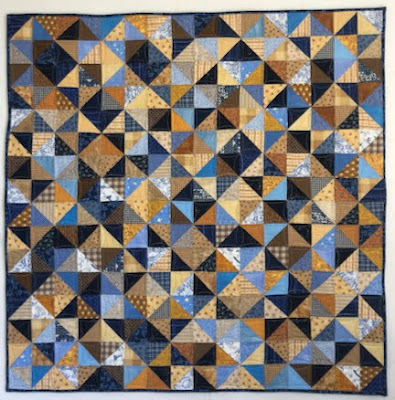 |
In a recent piece in the New York Times, June 25, 2020, art critic Roberta Smith celebrates the improvisational quilts of Rosie Lee Tompkins, whose work is very much a part of the African-American quilting tradition. The article, "The Radical Quilting of Rosie Lee Tompkins" is subtitled "A triumphal retrospective at the Berkeley Art Museum confirms her standing as one of the great American artists – transcending craft, challenging painting and reshaping the canon."
The article tells the story of a devoutly Christian California quilt maker, and the devoted collector, Eli Leon, whose obsession with her work resulted in a significant donation to the University of Berkeley.
The exhibition that sparked the article is currently mounted at the Berkeley Art Museum, continuing until December 20, 2020. While the museum is closed due to the pandemic, the show itself is available as a 70-minute virtual tour on the museum's website, as well as a slideshow.
The New York Times article ends:
"There are many museum exhibitions on lockdown in the United States right now. They closed in one world and will reopen in a very different one, and the relevance of “Rosie Lee Tompkins: A Retrospective” has only expanded in the hiatus. The sheer joy of her best quilts cannot be overstated. They come at us with the force and sophistication of so-called high art, but are more democratic, without any intimidation factor.
"Her work is simply further evidence of the towering African-American achievements that permeate the culture of this country. A deeper understanding and knowledge of these, especially where art is concerned, must be part of the necessary rectification and healing that America faces.
"Tompkins seems to have been an artist of singular greatness, but who knows what further revelations — including the upcoming survey of the Eli Leon Bequest — are in store. The field of improvisational quilting by African-American women is not small, but beyond the great quilters of Gee’s Bend, Ala., and a few others, their work is not widely known. Rosie Lee Tompkins’s version of what Eli Leon called “flexible patterning” may have been more extreme than anyone else’s. Or perhaps not. It would be gratifying to learn that she did not act alone."





































